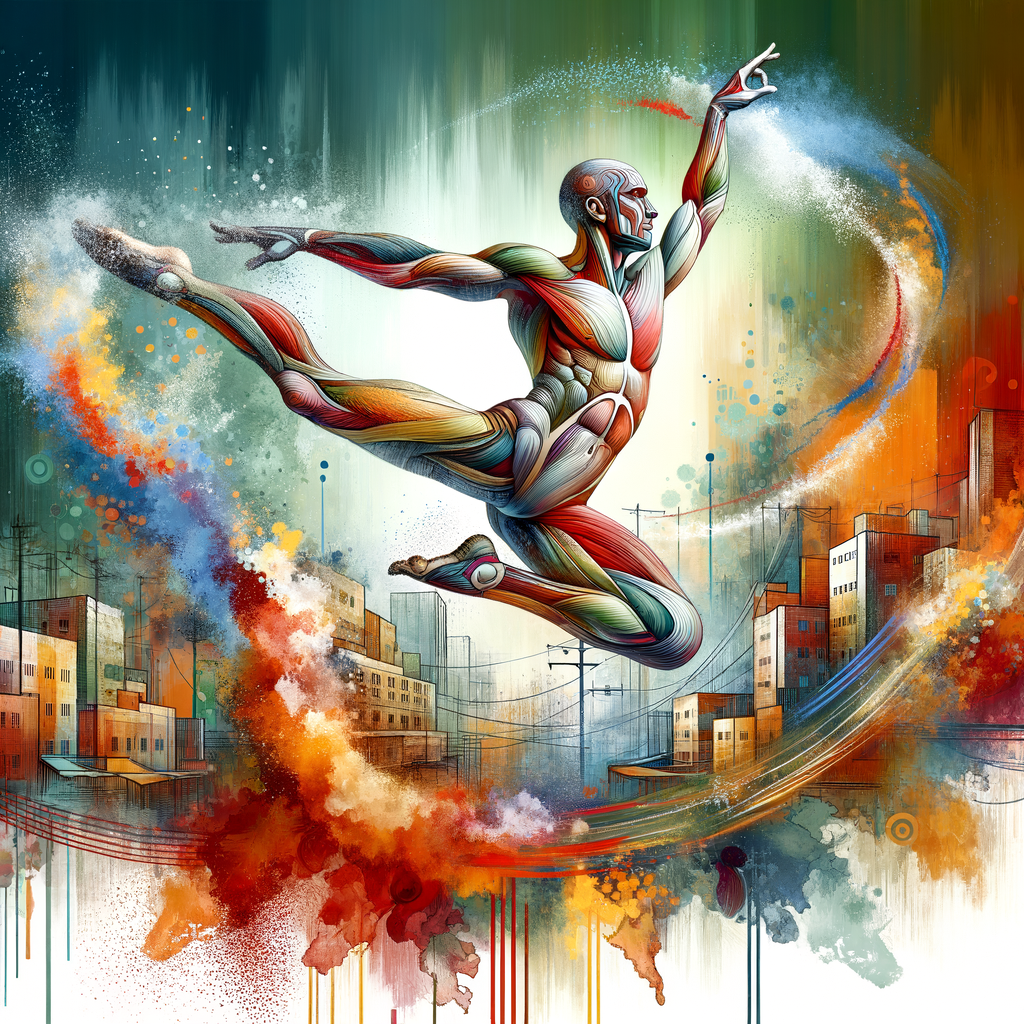
Creating dynamic characters is crucial for any artist looking to enhance their storytelling and visual impact. Understanding the fundamentals of anatomy and movement can dramatically improve your character designs, making them more relatable and engaging for your audience. This article will delve into the essential techniques, tips, and resources that will help you master the art of dynamic characters, regardless of your skill level.
When we think of dynamic characters, we often envision heroes soaring through the air or villains lurking in the shadows, each action filled with emotion and purpose. However, creating such characters involves more than just imagination; it requires a solid understanding of anatomy and movement.
In this comprehensive guide, we'll explore the following key areas:
- The Importance of Anatomy: A deep dive into human and animal anatomy, understanding proportions, muscle structure, and skeletal dynamics.
- Understanding Movement: How to analyze and capture different types of movement and posing to convey emotion.
- Tips for Digital Artists: Best practices, tools, and methods to create dynamic characters in your artwork.
- Character Design Techniques: Practical exercises and project ideas to help you apply what you learn.
- Inspiration and Resources: Where to find inspiration and ongoing education in character design.
Let's get started!
The Importance of Anatomy
Anatomy is the backbone of character design. Without a sound understanding of how bodies function, it’s difficult to create believable characters. Even stylized characters need to maintain certain anatomical principles to feel real. The human body follows specific proportions: for instance, the average human figure is about seven to eight heads tall. When drawing characters, be sure to respect these proportions, especially when depicting dynamic poses.
Key Points on Anatomy:
- Proportions: Study the differences in proportions between children and adults. Children have larger heads compared to their bodies, while adults’ proportions are more elongated.
- Muscle Groups: Understand how different muscle groups work together during various actions. When crafting movement, consider which muscles are engaged.
- Skeletal Structure: Familiarize yourself with the skeletal structure to improve your understanding of joints and how they move.
- Gesture Drawing: Practice quick gesture drawings to capture the essence of movement in a short time frame. This builds muscle memory and sharpens your observational skills.
Resources: Books on anatomy, online courses, and timed practice sessions can greatly enhance your understanding of human and animal forms.
Understanding Movement
Movement brings life to characters. Capturing motion involves understanding the physics behind it—weight, force, and momentum play vital roles in how we depict dynamic characters.
Key Considerations for Capturing Movement:
- Line of Action: This is an invisible line that runs through a character, establishing a sense of directionality and dynamism. Draw a line to outline the main action of the pose before fleshing it out.
- Weight Distribution: Consider how weight affects balance. For example, if a character leans forward, their center of gravity shifts, causing the body to adapt.
- Contrapposto: This classical technique involves the distribution of weight on one leg, creating a more natural stance and allowing for motion.
- References: Studying real-life movements through videos or photos can provide insight into how to visualize motion accurately.
Using reference images or videos while drawing can significantly improve your character's authenticity. Dynamic poses require practice to perfect; don’t be afraid to experiment with various angles and perspectives.
Tips for Digital Artists
Digital tools open up new avenues for artists creating dynamic characters. Here are some tips tailored for digital artists:
- Use Layers: Digital artwork allows you to work in layers. Outline your characters in one layer, shading in another, and experimentation can occur in yet another.
- Experiment with Brushes: Different brushes can create various textures and effects; incorporating these into your design can breathe life into your artwork.
- Take Advantage of 3D Models: Many software programs offer 3D character models that can be rotated and manipulated to understand anatomy and poses better.
- Animation Software: Familiarizing yourself with basic animation techniques can enhance your understanding of movement.
Incorporate these digital tools into your process to streamline workflows and improve final outcomes.
Character Design Techniques
Now that we've covered the anatomical and movement principles, let’s translate this into practical character design exercises:
- Daily Sketching: Set aside time each day to sketch characters in various dynamic poses to improve your skills consistently.
- Character Backstories: Creating backstories can inform pose choices—think about how a character’s history influences their movement and behavior.
- Portfolio Projects: Work on a series of dynamic character designs related to a central theme or story. This enhances your portfolio while allowing you to experiment.
- Critique Sessions: Participate in artist communities for feedback and analysis of your character designs.
Practice leads to mastery; don’t be discouraged by initial attempts. Instead, view each as an opportunity to improve.
Inspiration and Resources
Inspiration can come from various places. Here are some resources to help you continue learning and evolving in character design:
- Art Books: There are many outstanding art books that serve as great references for styles and techniques.
- Online Courses: Websites like Skillshare or Udemy offer classes focused on anatomy, character design, and movement.
- Art Communities: Platforms like DeviantArt, ArtStation, and social media groups provide spaces to share your work and gain insights from other artists.
- Documentaries and Tutorials: Learn from industry professionals through YouTube channels or documentaries on character design in animation and games.
Inspiration often strikes when you least expect it; keep your sketchbook handy to jot down ideas or explore new concepts anytime they come to you.
In conclusion, mastering the art of creating dynamic characters is a fulfilling journey. By understanding anatomy, capturing movement, and applying design techniques, you can create characters that truly resonate with your audience. Remember, practice is key, so keep sketching and experimenting!

